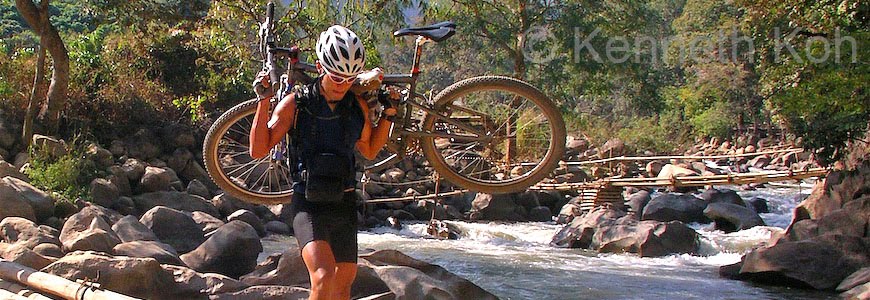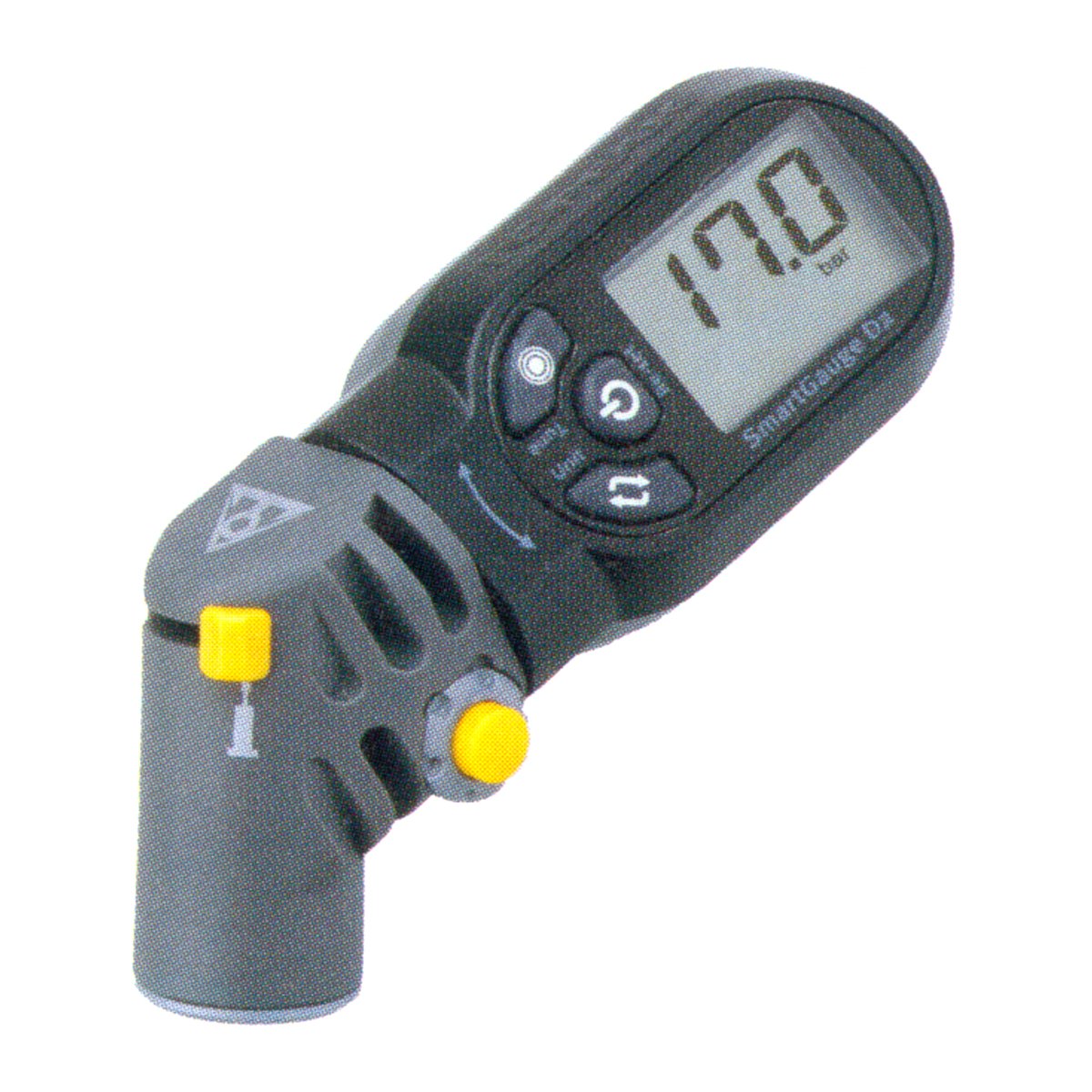A travel and adventure camera should be lightweight, rugged, and simple to use while offering good image quality. Last week, Sony announced the Mark II version of it's legendary low light camera, the A7s II. Here are my thoughts as to why I'm considering this as a replacement for my Panasonic GH4 in 2016, and maybe why you should be considering this camera too.
When I got my Panasonic GH4 in 2014, I considered 3 cameras, each with its own special 'party trick': The first generation Sony A7s with it's legendary low light sensor; the Olympus OM-D E-M1 with 5-Axis Image Stabilization, and the Panasonic GH4 with internal 4k recording. The Sony A7s Mark II combines all these 'party tricks' into one camera.
5-Axis Image Stabilization
I would put this feature at the top of the list. It's the only feature I miss, moving from my Olympus OMD EM5 to the Panasonic GH4. While it's useful for still photographers, it's simply incredible for videographers. It's almost like having a gimbal/steadicam built into the camera. Technologically, it's quite a feat that Sony has been able to stabilize a sensor 4 times the size of the M4/3 sensor like the OMD EM1.
With a little stabilization with software in post-production, this would look very solid
Low Light Sensor
Low light shooting on the A7s is a different league and opens up new shooting possibilities (I'm thinking pre-dawn alpine starts). The A7s sensor also has more dynamic range than the GH4, and the new A7sII should be the same or even better. Higher dynamic range will allow more flexibility in post processing, both for still images in for video. The A7sII has a full frame sensor, which will give me more options with depth of field.
Check out the low light capability of the A7sii in this video from Sony
Internal 4k Recording
While the original A7s had the ability to shoot in 4k, it could not record this internally. The new A7sII adds internal recording capability, which keeps the 4k setup compact, lightweight and simple. This was the one killer feature the GH4 had over the original A7s.
Other A7sII Benefits over the GH4
USB Charging
One advantage the A7sII has over my GH4 is that the batteries can be recharged in camera by USB from an external battery, saving the need to carry a charger and cable. It also makes it easier to possible to recharge in the field using a simple external battery like the Anker that I usually carry to recharge my iPhone and Gopro. The A7sII battery doesn't last as long as the GH4, but they are also about half the size and weight, so I think that's a wash.
Useable Continuous Autofocus in Video Mode?
Technically, the GH4 can rack focus by touching the screen. Practically, I have not been very successful with this and tend to use manual focus. Continuous AF in the A7sII video mode looks very useable in the following video clip.
No details on how the AF works for video, but this looks very useable
Downsides
A7s II, which has a Full Frame sensor, comes with some downsides when compared to a Micro Four Thirds camera like the GH4.
The A7s body and lenses, while lighter than comparable full frame equivalents from Nikon and Canon, are significantly heavier than the Panasonic GH4 kit that I'm presently using. The A7sII body weighs 584g. 480g for the GH4. To replace the Panasonic 7-14mm f/4 Lens (300g) I'm currently using, I'll need the Sony 16-35mm F/4 Lens
(300g) I'm currently using, I'll need the Sony 16-35mm F/4 Lens (518g). Some increase in weight is to be expected, stepping up from M4/3 to Full Frame. Sitting here at my desk, it's hard to imagine what an increase in load will feel like on my shoulders and back 3 days into a multi-day adventure, but I can tell you I won't like it. As a side note, the A7sII battery doesn't last as long as the GH4, but they are also about half the size and weight, so I think that's a wash, weight wise.
(518g). Some increase in weight is to be expected, stepping up from M4/3 to Full Frame. Sitting here at my desk, it's hard to imagine what an increase in load will feel like on my shoulders and back 3 days into a multi-day adventure, but I can tell you I won't like it. As a side note, the A7sII battery doesn't last as long as the GH4, but they are also about half the size and weight, so I think that's a wash, weight wise.
Cost
You get what you pay for. If you are coming from a Full Frame camera, the A7s II may be reasonable, or even cheap. Coming from a Micro Four Thirds camera, I find the camera and lenses expensive. Again, you get what you pay for, as it's a step up from M4/3 to Full Frame, just something you should factor into your considerations.
Final Thoughts
The Panasonic GH4 is the best handling camera I've ever used. It is a great balance between image quality for its size and weight. I've used it in wet/humid, dry/dusty conditions, and it has not failed me yet. But it's not particularly great in low light, nor does it have 5-Axis Image Stabilisation. Ultimately, my decision to switch will rest on what Panasonic comes out with the GH5.
 |
| Sony A7s II |
- 5-Axis Image Stabilization
- Low Light Sensor
- Internal 4k Recording
5-Axis Image Stabilization
I would put this feature at the top of the list. It's the only feature I miss, moving from my Olympus OMD EM5 to the Panasonic GH4. While it's useful for still photographers, it's simply incredible for videographers. It's almost like having a gimbal/steadicam built into the camera. Technologically, it's quite a feat that Sony has been able to stabilize a sensor 4 times the size of the M4/3 sensor like the OMD EM1.
With a little stabilization with software in post-production, this would look very solid
Low Light Sensor
Low light shooting on the A7s is a different league and opens up new shooting possibilities (I'm thinking pre-dawn alpine starts). The A7s sensor also has more dynamic range than the GH4, and the new A7sII should be the same or even better. Higher dynamic range will allow more flexibility in post processing, both for still images in for video. The A7sII has a full frame sensor, which will give me more options with depth of field.
Check out the low light capability of the A7sii in this video from Sony
Internal 4k Recording
While the original A7s had the ability to shoot in 4k, it could not record this internally. The new A7sII adds internal recording capability, which keeps the 4k setup compact, lightweight and simple. This was the one killer feature the GH4 had over the original A7s.
Other A7sII Benefits over the GH4
USB Charging
One advantage the A7sII has over my GH4 is that the batteries can be recharged in camera by USB from an external battery, saving the need to carry a charger and cable. It also makes it easier to possible to recharge in the field using a simple external battery like the Anker that I usually carry to recharge my iPhone and Gopro. The A7sII battery doesn't last as long as the GH4, but they are also about half the size and weight, so I think that's a wash.
'Always On' Depth of Field Preview
One of the least used buttons on cameras is the Depth-Of-Field Preview button. Cameras normally keep the lens apertures stopped wide open to allow the maximum amount of light in for a bright viewfinder and make it easier to manual focus. When you press the Depth of Field Preview button, the lens is stopped down to the selected aperture, the image gets darker, and shows you what is acceptably sharp or blurred. The A7s II can be selected to have the Depth of Field Preview 'always on', which means as you change the aperture, you can view the resulting depth of field changes 'live' on the LCD or EVF.
Ability to Transfer RAW Images Wirelessly to iPhone
I shoot RAW still images. It's nice to be able to grab a RAW shot off your camera, then send it wirelessly to your smartphone where you can do some basic editing, then upload it to social media. The A7sII can do this with RAW files by converting them on the fly to JPEG images, which it then sends to your IOS or Android device. If I wanted to do this on my GH4, I would need to shoot 2 copies on the camera, use the JPEG files to transfer to my iPhone, then come back home and delete all the JPEG files that I didn't need in the first place.
Useable Continuous Autofocus in Video Mode?
Technically, the GH4 can rack focus by touching the screen. Practically, I have not been very successful with this and tend to use manual focus. Continuous AF in the A7sII video mode looks very useable in the following video clip.
No details on how the AF works for video, but this looks very useable
Downsides
- Weight
- Cost
The A7s body and lenses, while lighter than comparable full frame equivalents from Nikon and Canon, are significantly heavier than the Panasonic GH4 kit that I'm presently using. The A7sII body weighs 584g. 480g for the GH4. To replace the Panasonic 7-14mm f/4 Lens
Cost
You get what you pay for. If you are coming from a Full Frame camera, the A7s II may be reasonable, or even cheap. Coming from a Micro Four Thirds camera, I find the camera and lenses expensive. Again, you get what you pay for, as it's a step up from M4/3 to Full Frame, just something you should factor into your considerations.
Final Thoughts
The Panasonic GH4 is the best handling camera I've ever used. It is a great balance between image quality for its size and weight. I've used it in wet/humid, dry/dusty conditions, and it has not failed me yet. But it's not particularly great in low light, nor does it have 5-Axis Image Stabilisation. Ultimately, my decision to switch will rest on what Panasonic comes out with the GH5.






